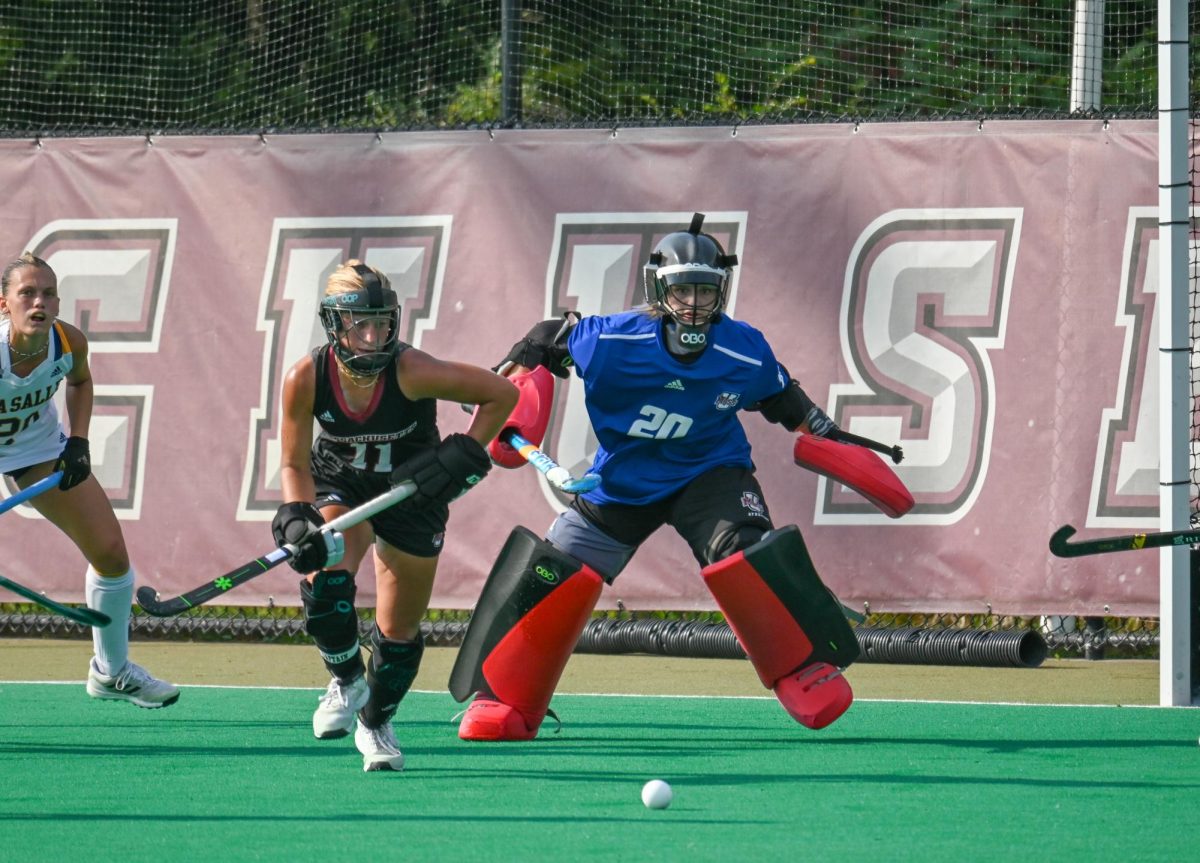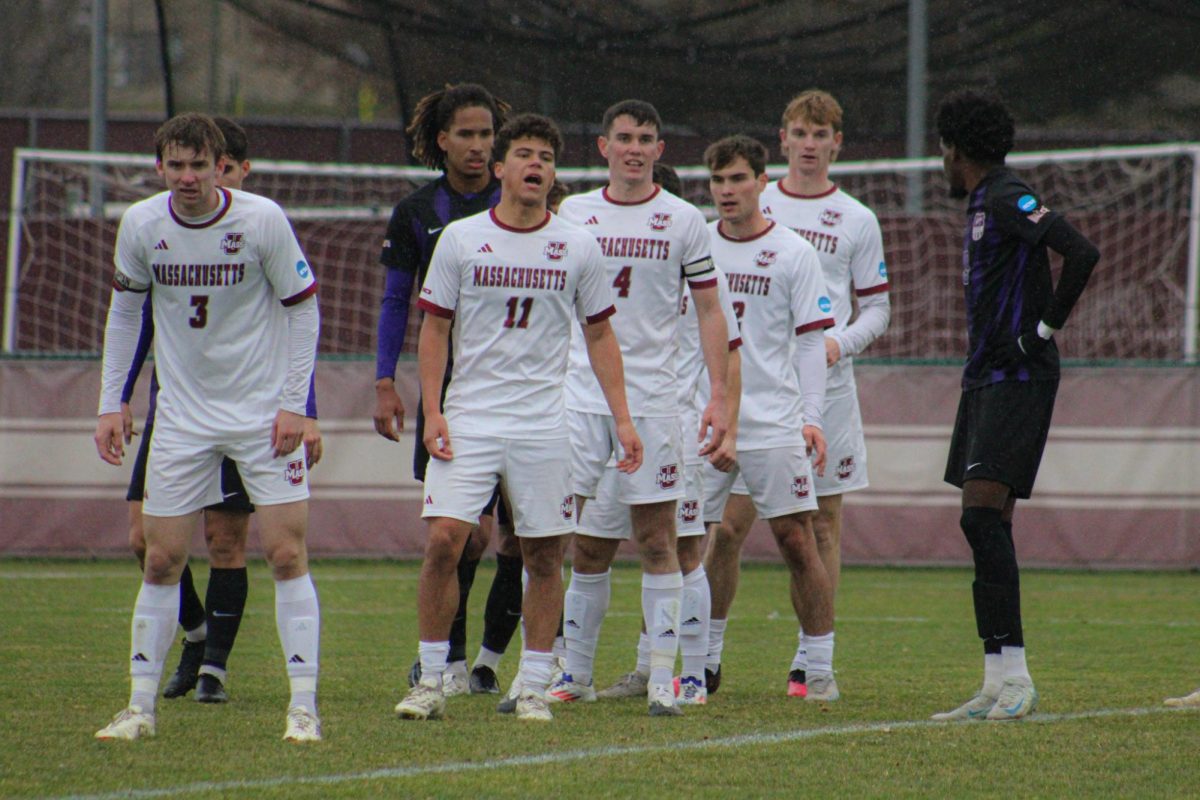
With the Academy Awards swiftly approaching, awards like “Best Picture,” “Best Actor and Actress” and “Best Director” will be stealing most of the attention. Meanwhile, other categories will get pushed out of the spotlight.
Among these “lesser” categories is “Best Animated Short,” which definitely gets shortchanged. Most audiences don’t take notice of the nominees for this category, unless they come bearing the Disney symbol. However, even the nominees without the brand-name recognition represent some of the most entertaining and innovative storytelling in the film industry.
All of the nominated shorts are available online, but if you’d rather get the traditional movie theater experience, Amherst Cinema will be screening the entire program of Oscar-nominated animated shorts this week.
The program, hosted by a hyper-realistic CG ostrich and giraffe, who claim to be filling in for Woody and Buzz Lightyear of “Toy Story,” kicks off with “Get a Horse” from Disney, starring the company mascot Mickey Mouse, who attempts to rescue his girlfriend Minnie from the wicked Peg-Leg Pete. The short starts off as a 1940s-style cartoon (even using sound clips of Walt Disney performing Mickey’s voice) before it explodes into 21st century CG. Peg-Leg Pete chases Mickey and his friends off a movie screen, into a three-dimensional theater, and back again, tearing bright holes of color in the black-and-white screen. The CG characters discover that they can control the world inside the screen, spinning and flipping it to change the physics of the cartoon, and eventually trapping the villain in the frame.
Next up is “Mr. Hublot,” starring an obsessive-compulsive cyborg living in a steampunk dystopia. The protagonist, the titular Mr. Hublot, is a catalog of compulsions, constantly adjusting picture frames, flicking light switches and arranging a window box of mechanical flowers. One day he decides to adopt a rambunctious robot puppy, who turns his neatly ordered life upside down.
The world of “Mr. Hublot,” all brass, gears and rust is rendered in luminous CG – a radically different aesthetic from the third film in the program “Feral.” This story of a wild boy torn between the civilized world and his forest home appears onscreen like a delicate oil painting in muted colors. Layers of hand-drawn images are manipulated by computer. Beautifully textured panes move smoothly, so that sunlight streams through trees, and towns and buildings emerge from mist as though from the haze of the imagination.
Just as compelling as the animation is the film’s young protagonist. The boy may be “feral,” but he is also deeply vulnerable. The tall dark wolves and humans dwarf his tiny pale figure. The boy’s bared teeth are unthreateningly rounded – even his wolfish growl is soft and gentle. Eventually, his identity crisis, as he is pulled between two worlds, threatens to tear him apart. This beautiful, dark meditation on nature and nurture is definitely one of the strongest nominees in the category.
The fourth offering is “Possessions,” in which a traveling repairman in feudal Japan seeks shelter from a storm in a tiny hut haunted by broken household objects. The story carries the flavor of a folktale. The repairman meets several challenges in the forms of different groups of abandoned objects – umbrellas, silken cloths, dishes and other debris – possessed by Yokai, traditional Japanese ghosts. However, instead of being frightened, the repairman sees the value in the broken things, and comes up with an ingenious solution to exorcise the demons.
The final, and longest, animation in the program is “Room on the Broom.” This 26-minute short tells of the adventures of a witch and her animal friends. “Room on the Broom” (based on the popular children’s book of the same name) was commissioned as a Christmas special for BBC – so it’s no wonder the short attracted A-level voice acting talent, including Gillian Anderson, Simon Pegg and Timothy Spall.
The program also includes three “Highly Commended” films – honorable mentions, if you would. The lineup includes “À La Française,” “Blue Umbrella” and “The Missing Scarf.”
This selection of animated shorts reflects the direction in which the medium of animation is headed. For years, proponents of traditional animation have been bleating about how CG has come to dominate the field, fearing that wider use of computers will lead to a less authentic aesthetic.
But if this list of nominees is any indication, traditional animation isn’t going away anytime soon. About half of the shorts in the program were made through a combination of traditional animation techniques and machine-made images. As technology improves, the most innovative animators will be the ones who combine traditional and modern animation techniques – the authenticity of the past and the creative freedom of the future.
Yoshi Makishima can be reached at [email protected].



















Charlie • Mar 2, 2014 at 9:31 pm
Agreed… Can someone please post some links to the annimated shorts?
Kyle S. • Mar 2, 2014 at 4:01 pm
In the article you mention that all of the short films are available online, but so far I have only been able to find the live action. Is there any chance you could point us in the right direction to view the animated shorts?